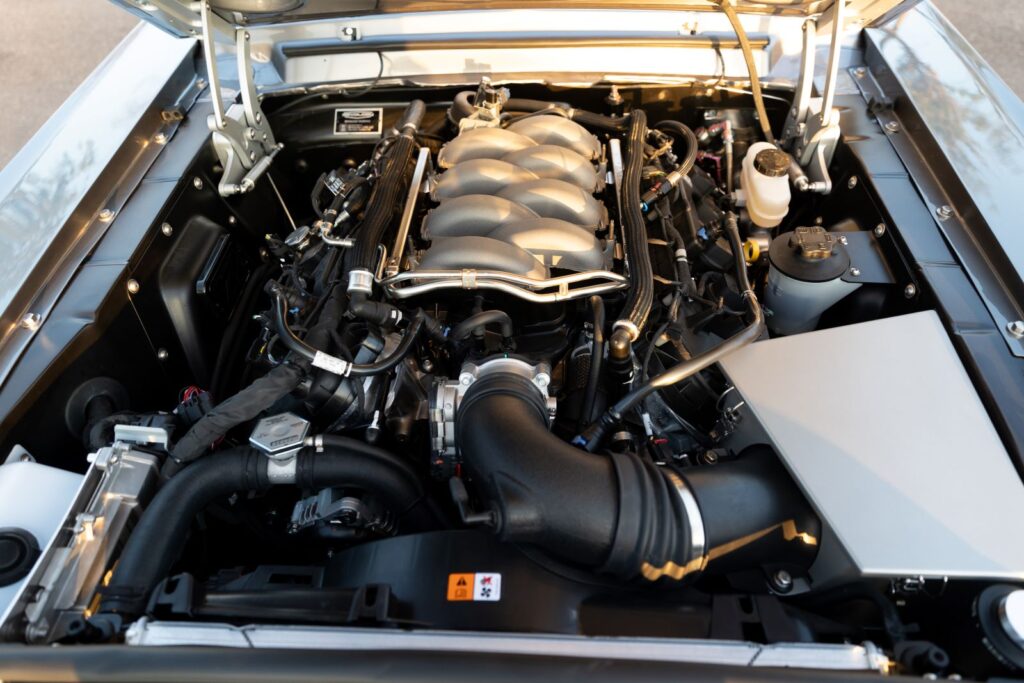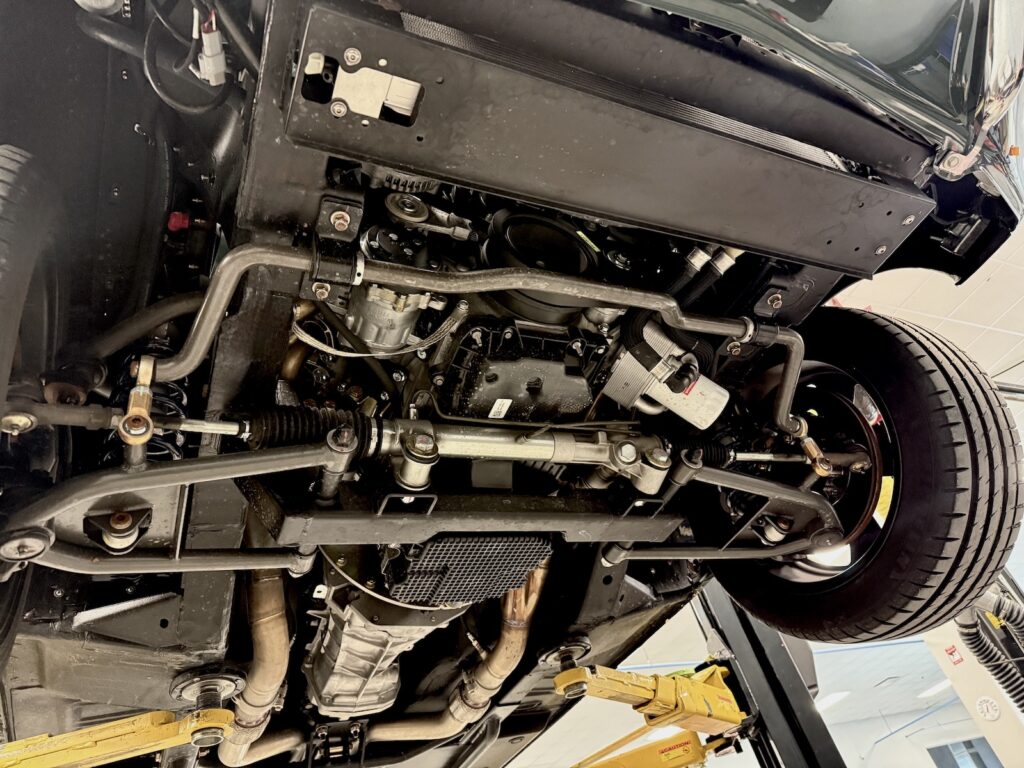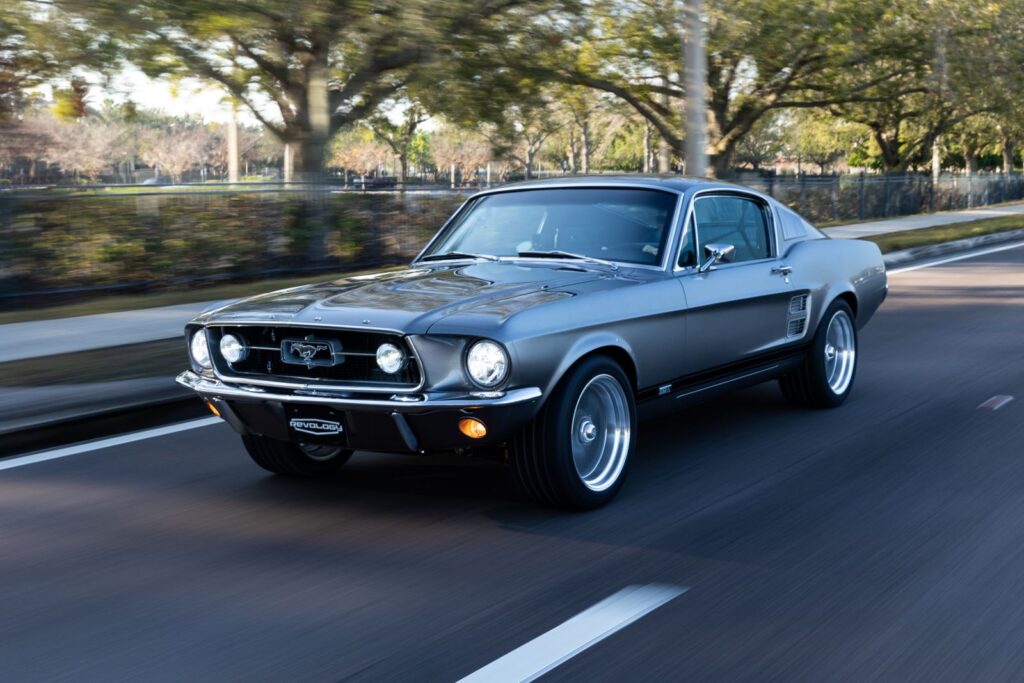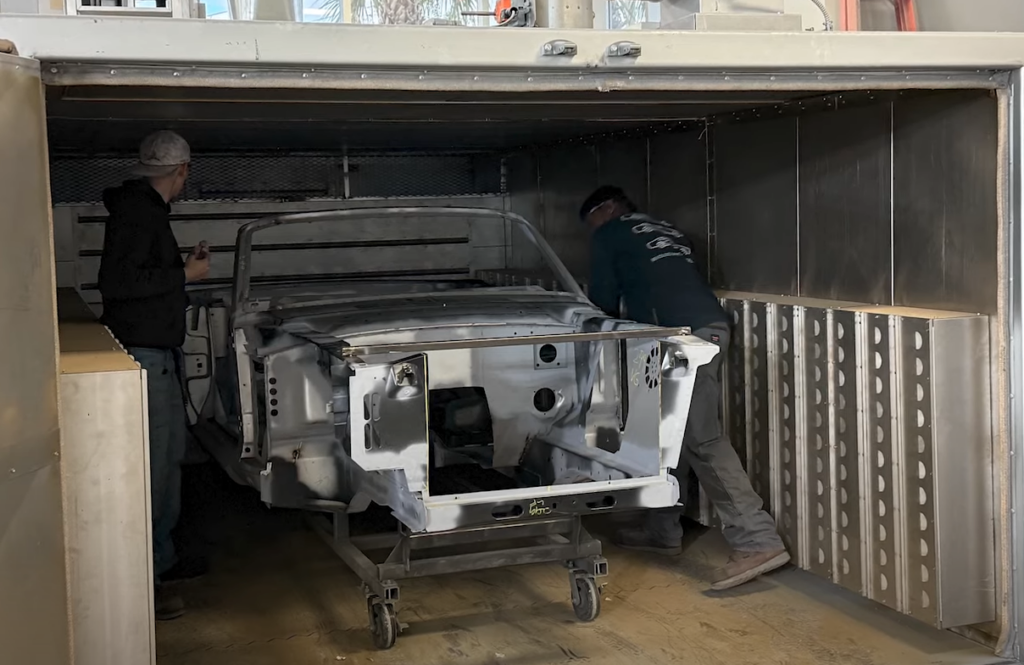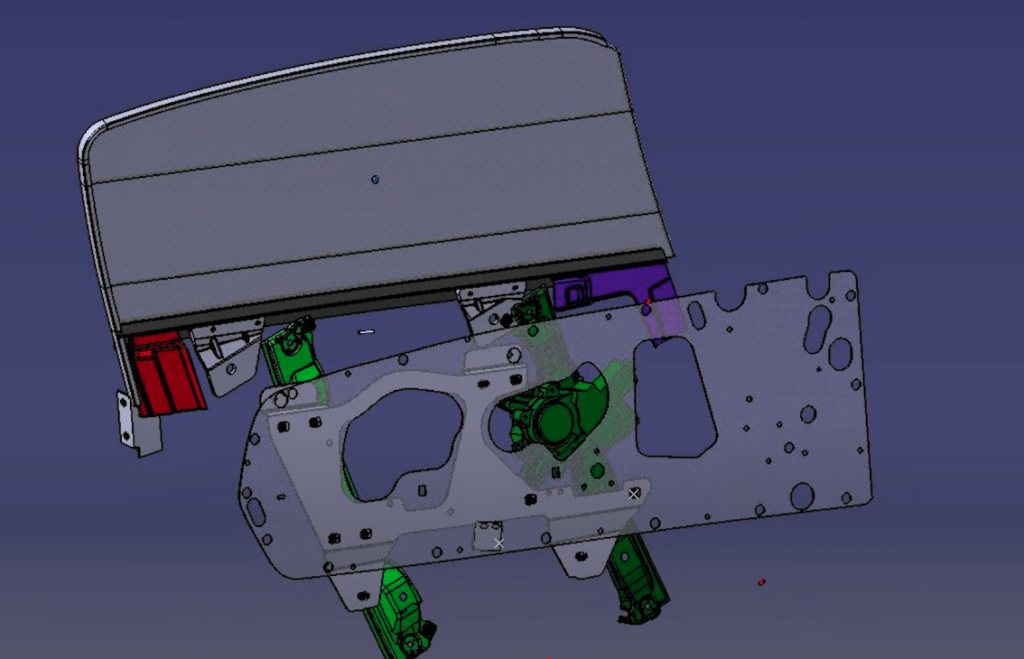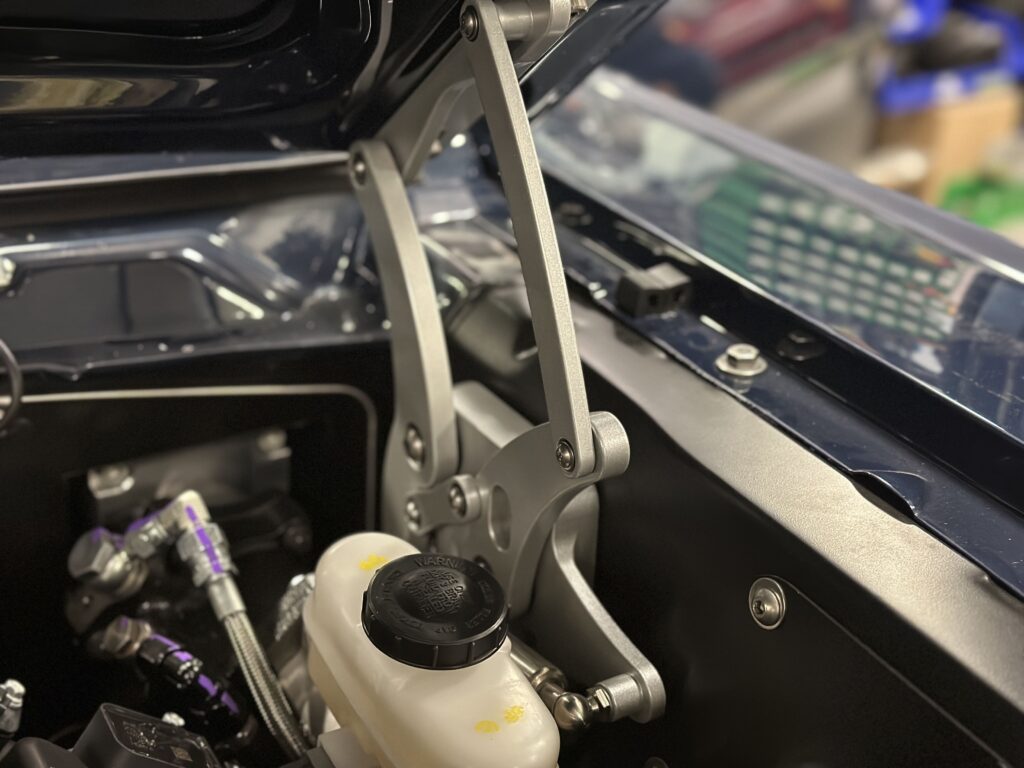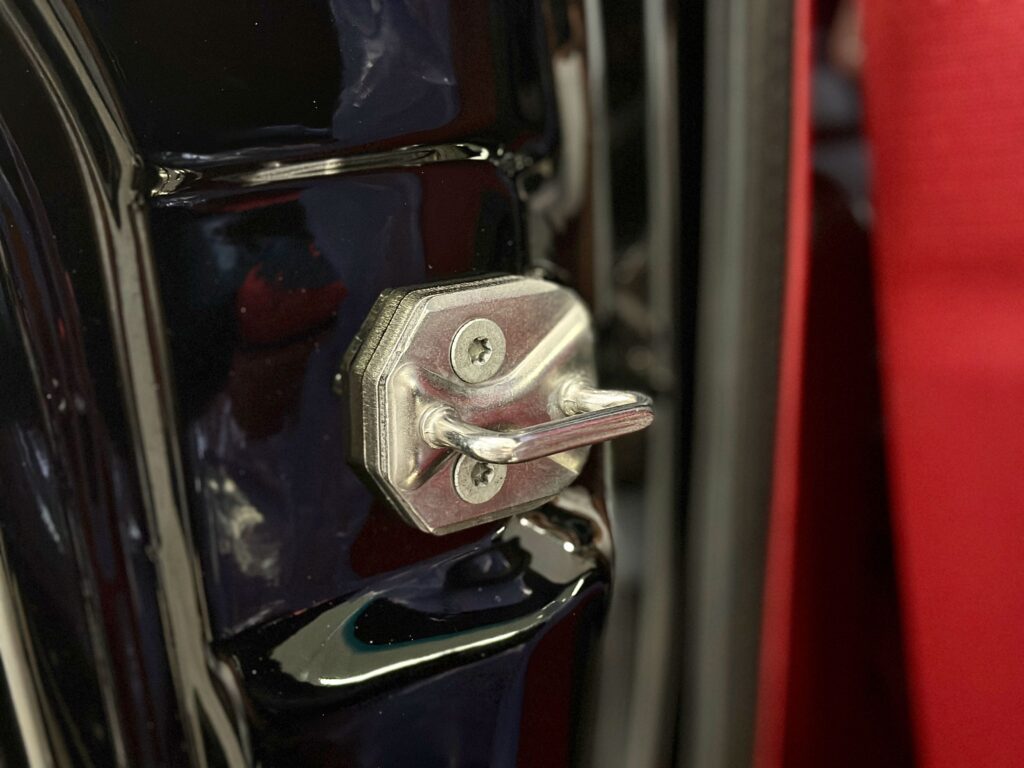The Revology 1967 Mustang GT and GTA models artfully blend authentic styling with modern functionality. Revology’s 1967 Mustang GT and GTA models follow the formula Ford used over 50 years ago, as the automaker revamped its highly successful ‘pony car’ to face new rivals such as the Chevrolet Camaro and Pontiac Firebird. Ford applied the ‘GT’ designation to manual transmission Mustangs, while automatic versions were badged ‘GTA’. Revology carries on this tradition with its GT and GTA models.

